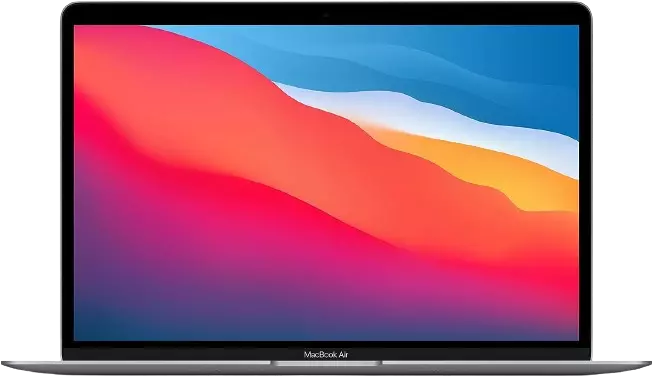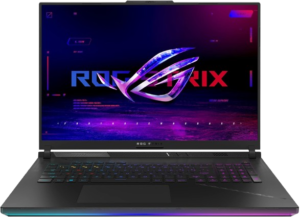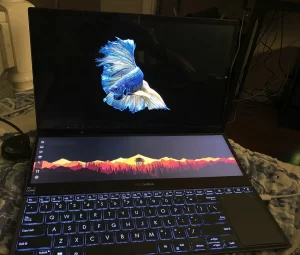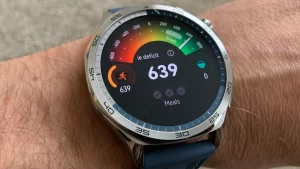Apple 2020 MacBook M1: Unveiling the Realities of Performance and User Experience

Performance and Virtualization
After adding Parallels Desktop and a Windows 11 license to my Apple 2020 MacBook M1 arsenal, I embarked on a virtualization journey for various IT tasks. The M1’s performance in a virtualized environment, like Parallels, is noteworthy. However, there’s a subtle performance hit of around 10-15%, noticeable when toggling between full screens and the main desktop. The M1 processor adeptly manages screen prioritization, minimizing disruptions. Running Windows 11 does generate more heat, but surprisingly, it doesn’t significantly impact battery performance.
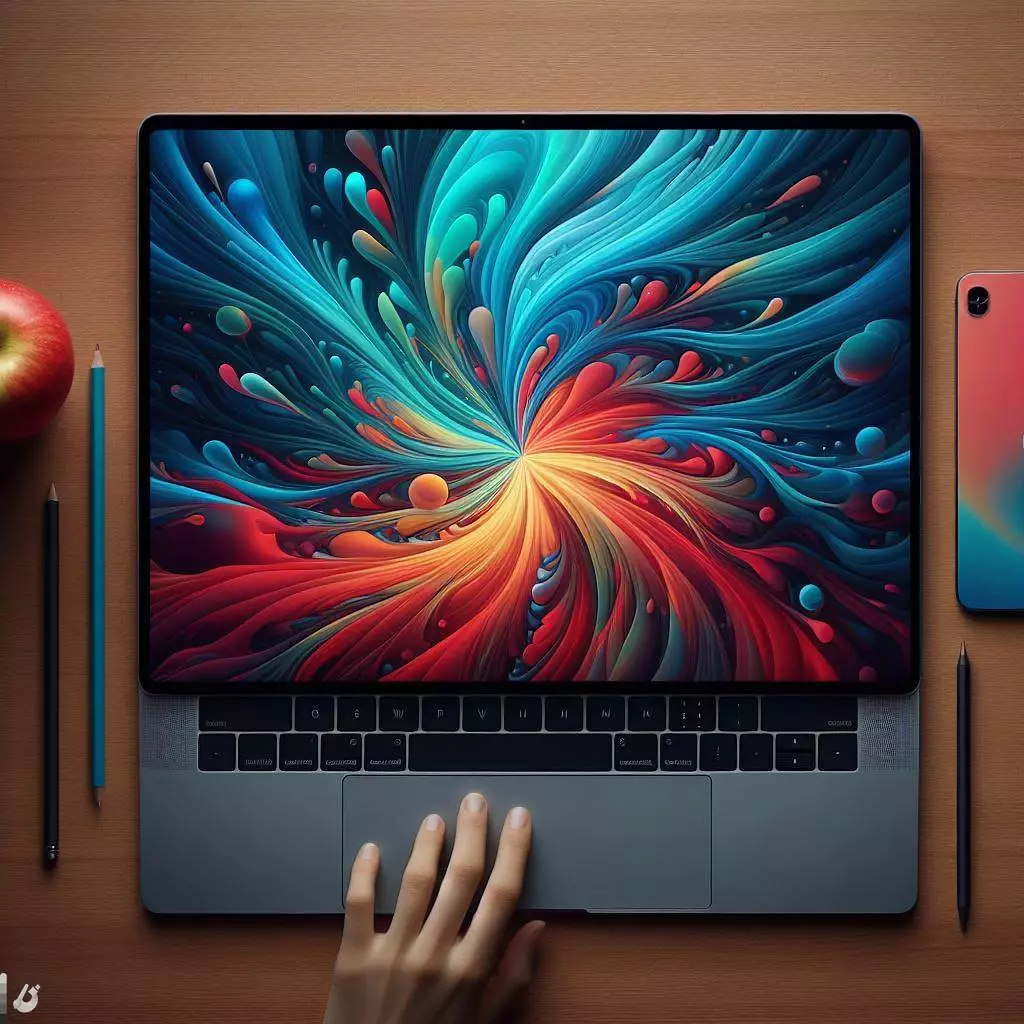
General Software Performance
For non-Windows virtualization tasks, the MacBook M1 excels. With 8GB RAM and 228GB usable storage, it handles regular software seamlessly. Applications like Safari, Office365, and Adobe Suite don’t strain the system or excessively drain the battery. Graphic designers and photographers may experience higher power consumption during intensive tasks, especially if screen brightness is increased.
Build and Wear
With heavy usage, the keyboard can develop an “oily” feel over time, indicating wear. Surprisingly, the aluminum palm rest remains unscathed. On the audio front, the left speaker may exhibit a peculiar sound at 70% volume, a minor issue for those who rarely use it.

User Experience and Convenience
The MacBook M1’s rapid return from a suspended state is a game-changer. Instant wake-ups facilitate quick responses, making them an invaluable asset, especially for remote work scenarios. Despite its flaws, the laptop’s efficiency during critical situations outweighs the minor inconveniences.
Reflection on the MacBook M1
While yearning for upgradeability, the MacBook M1 stands as a masterpiece that significantly enhances daily life. The user may feel limited at times but appreciates the unparalleled convenience, making it a worthy companion despite its downsides.
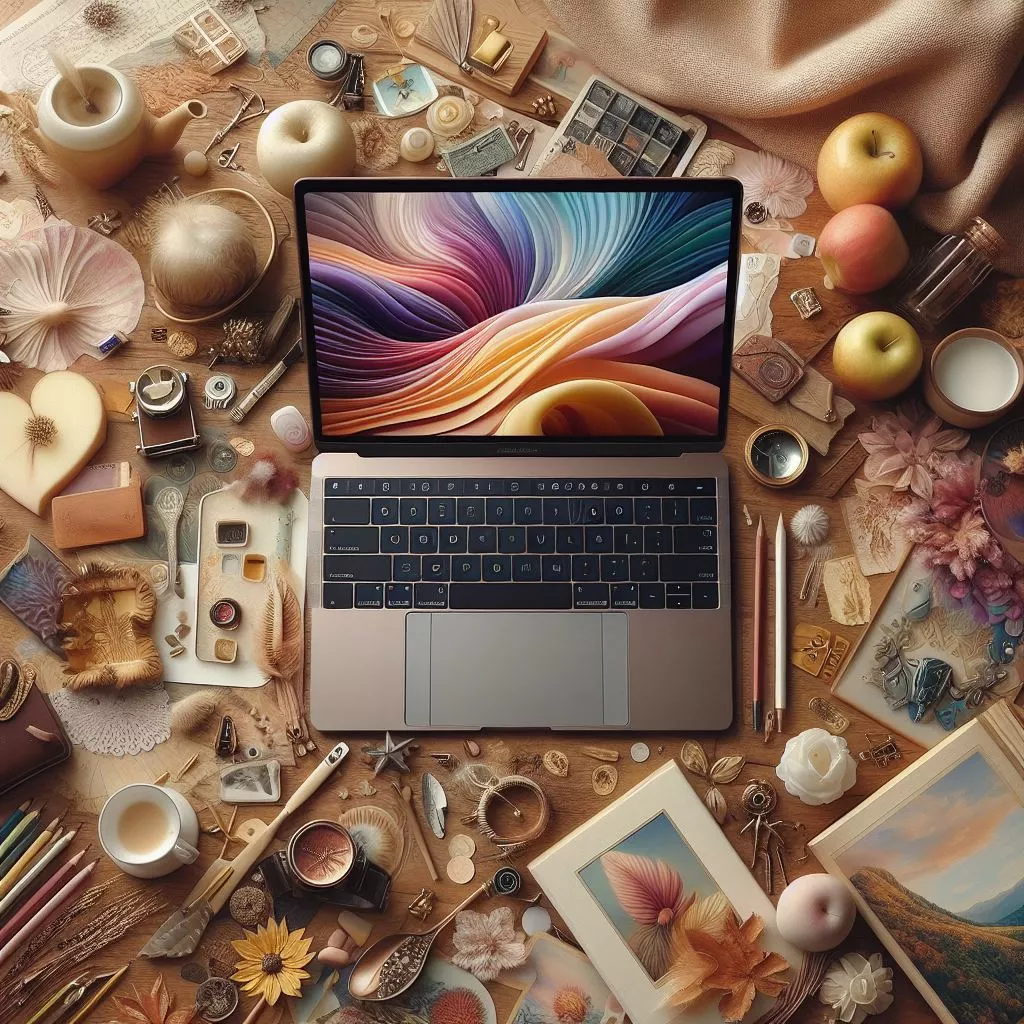
Original Review Recap
The initial review praised the MacBook Air’s enduring battery life, noted Bluetooth connectivity efficiency, and highlighted the keyboard’s quiet operation. However, it criticized macOS changes that disrupted the user experience, lamented the absence of the keyboard light shortcut, and addressed the inconvenience of workarounds. The review acknowledged the MacBook’s instantaneous speed, recommended USB-C storage for massive storage needs, praised its weight and premium feel, and emphasized its suitability for software development over gaming.
In conclusion, the MacBook M1 proves to be a versatile workhorse, seamlessly balancing power and convenience, with occasional quirks that users may find acceptable in the grand scheme of its overall performance.
